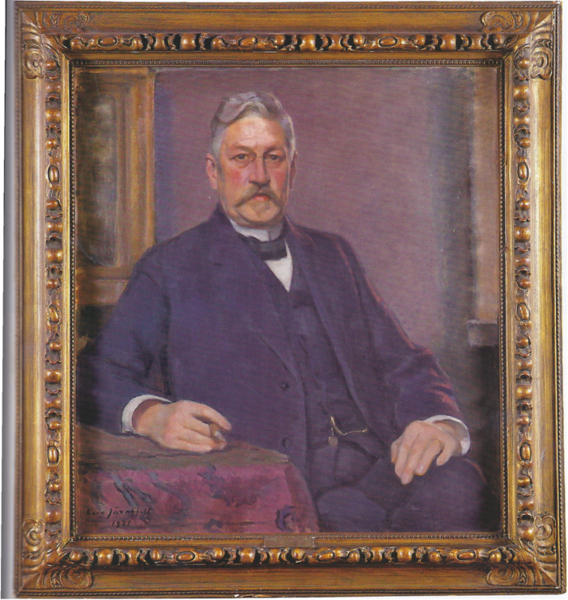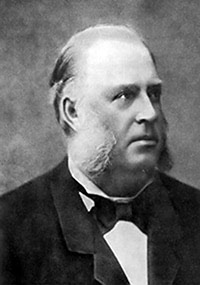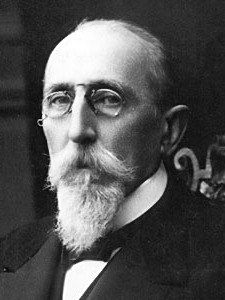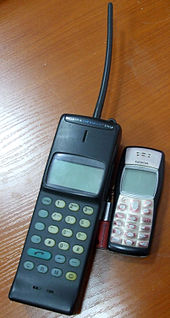History of Nokia: Connecting People to Being disconnected.
What is the first thing that comes to mind when you think about Nokia? What do you know about Nokia? Which country did the company has its headquarters in/originate in? If you don’t know, don’t worry. We are here to bring you all the details about the company on how it started, how it came to be the world’s leader? the downfall and phoenix like recovery.
Let’s rewind to the past. It is the time when we didn’t know about mobile phones and that they were non-existent. Come with me and don’t complain if you get lost as this is a strange world, one we cannot adopt to.
<<<<<<<< Rewinding hundred centuries back
It is the 19th century. Nokia was now originally Nokia Company plus Finnish Rubber Works Ltd plus Finnish Cable company. The CEO (1861-1930) was a business leader and was running a large company called Gummitehdas which translated literally meant Rubber Factory. The CEO was Eduard Polon who led a change in the rubber industry. Their company built the wood and cable industry. In order to differentiate the company from Russian competitors, Polon decided to name the company Nokia based on the place where the company had started.

The three companies that were formally but informally merged were Suomen Gummitehdas, Suomen Kaapalitehdas and Nokia Ab. The law didn’t allow to merge industries at that time. So, Polon managed all three companies and was the chairman, founder and the largest owner of the group for 30 years. Nokia AB was a company which was in to many businesses due to its chairpersons who had wild ideas. A mining engineer called Fredrik Idestam established a wood pulp mill near the town of Tampere and on the banks of Tammerkoski, in 1865. Idestam built a second mill near the town of Nokia in 1868. With the help of a close friend Leo Mechelin, Idestam got the company transformed to a share company. That is why the AB succeeding the name of the company. This is much similar to the AG which the Germans have as a meaning to say that the company is limited by shares. Due to a difference in opinion, towards the end of 19th century between Idestam and Mechelin, the company couldn’t expand into electricity business. But when Idestam steeped out of the company in the form of retirement in 1896, the company ventured into Electricity generation as mechelin became the chairman.

Eduard Polon in 1898 started the Finnish Rubber works which then later became Nokia Rubber Business. Arvid Wickstrom founded Finnish Cable works which was the producer of telephone, telegraph, and electrical cable. This was the foundation of Nokia Cable and Electronics business. The company was nearing bankruptcy and Finnish Rubber works decided to buy the electricity producing division. In 1922, Finnish Rubber Works acquired Finnish Cable Works. They started supplying for the Soviet Union after World War 2 which gave them a foothold there.

The company then began production of Electronics equipment and Automobile tyres. Nokian Tyres was the company that was manufacturing tyres. This was the period of Industrial Conglomerate.
Starting from the year 1967 up till the year 2000, the company began producing electronics and the main gadget that it was producing DX 200 which is now taken care of by NSN aka Nokia Solutions and Networks. The CEO was Bjorn Nalle Westurland who let the company run in loss for almost 15 years. Then in the late 60’s and early 70’s, he let researchers work under their own product.
Nokia then ventured into smartphones and computer business.
Personal Computers
The personal computers were named MicroMikko. The computers were of particular standard and came with personalized things. They were later sold to British Company ICL (International Computers Limited) on 29th September 1981, which were then later sold to Fujitsu. Fujitsu now markets the MicroMikko as the ErgoPro series. Nokia was also making IT equipments which were later sold off.
Mobile Phones
The development of Mobile phones was a turning point in the communication industry and people didn’t have to rely more on their telephones. The first mobile phone was rather large and bulky.
The first devices were rather dependent on VHF radio frequency and had to use large antennas. Then came the involvement of Nokia in the GSM business. GSM stands for Global System for Mobile communications). This standard made the mobile phones reduce in size and the size is as we know now. GSM which brought in SMS (Short Messaging Service) and lower call rates lead to a boom in the mobile industry and this caused the rise in mobile phone usage.

Symbian OS
This was the home brewed OS of Nokia till 2010 when Android came into existence and started replacing the old OS. Symbian was a solid and stable OS and was built on Java. The OS was very much alive and kicking until it had no more to do. Symbian saw a lot of updates and everything improved the user friendliness and the functionality. This was the first attempt at doing a mobile OS and became a huge success. There were three renaming in place for the later versions of Symbian which were Symbian^3, Nokia Anna and Nokia Belle. The Nokia Pureview 808 was the last phone to run on Symbian. It was the leader in the mobile industry till then.
>>>>>>> Coming to the Present>>>>
Nokia after a huge loss in the mobile industry still continued producing Symbian phones. But after a while, it partnered with Microsoft which then gave its Windows Phone OS to Nokia thereby forming the Lumia range of lineup. It is successful in the measure and its Lumia 520 is its highest selling phone till date. Windows Phone 7.5, Windows Phone 8 and Windows Phone 8.1 form part of the Windows Phone series. There is no backward compatibility between 7.5 and 8 whereas there is compatibility between 8 and 8.1. Windows Phone 7.8 was released which give WP 8 like features.
Nokia Solutions and Network
It is part of the telecom network of the company and has its factories in many places. Chennai being one of the largest manufacturing plant also has its NSN division which is also one of the largest. It handles telecommunication.
Sidetrack: Jolla
This is not a part of Nokia but it is an initiative by ex-Nokia employees through their Bridge program. It runs on Sailfish OS which is based on Maemo and MeeGo. They want to do something creative after their retirement. It is an Open OS and also supports side loading Android apps.
Microsoft acquisition of Nokia
Microsoft had plans of acquiring Nokia and it was feasible and the pact was signed due to Steve Ballmer who was the then CEO of Nokia. The deal was completed on April 25, 2014 and Microsoft acquired the patents and mobile division of Nokia. The Chennai plant was not under the deal.
